Barn owls are back
After years of catastrophic decline, barn owls are back. We meet the man who has dedicated his life to their survival.
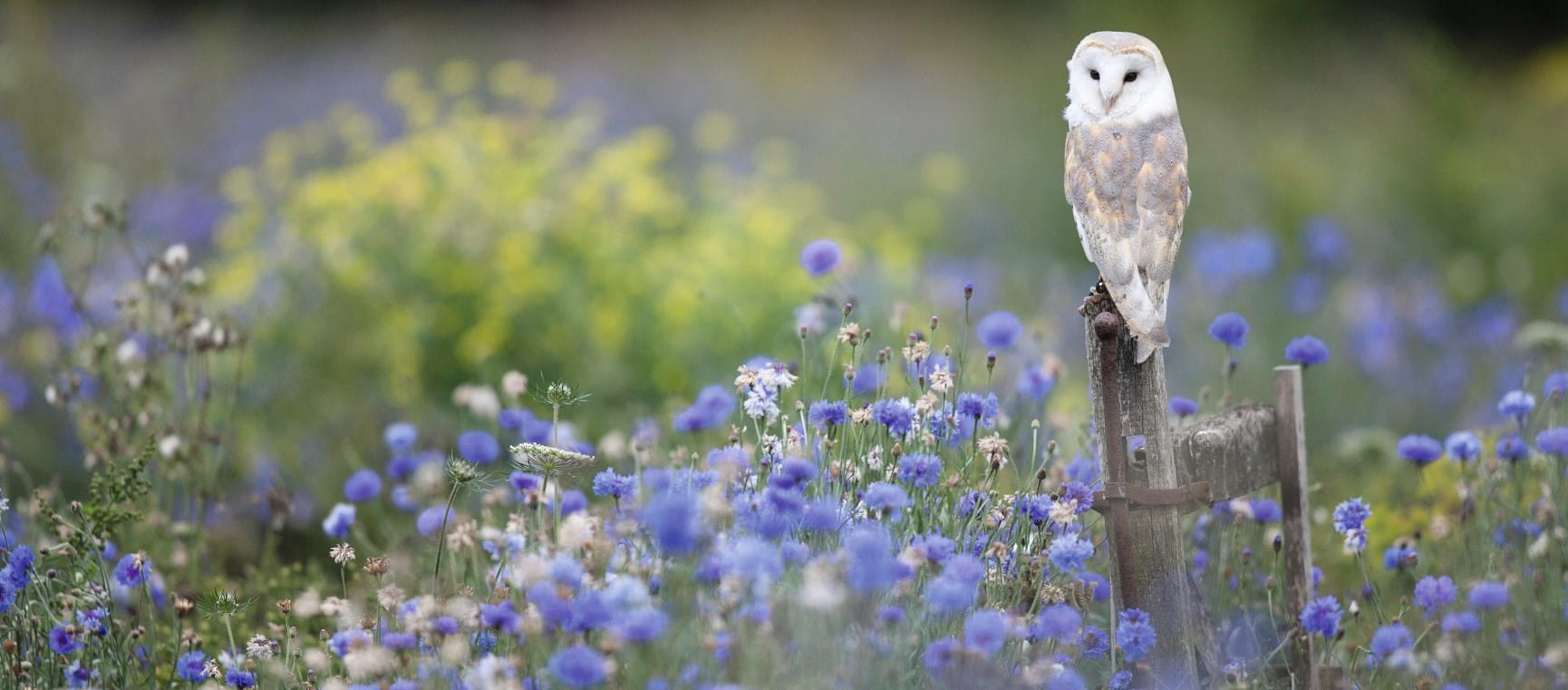
After years of catastrophic decline, barn owls are back. We meet the man who has dedicated his life to their survival.

It’s dusk and a pale bird is quartering the fields.
Even at a distance, the erratic flight – dipping, hovering, wheeling – is clearly not a gull’s.
Binoculars confirm what I’d hoped: a barn owl. I can see its big head and heart-shaped face and my heart races: it feels magical, a vision, almost.
Today, barn owls are a reasonably regular sight near my south coast home. But this wasn’t always the case. As a wildlife-obsessed child in the 1970s, I was puzzled by my inability to see one.
One of our most iconic birds seemed fast-tracked for extinction
According to the nature books I’d grown up with, barn owls were ubiquitous – emblematic of rural Britain. So where had they gone?
My childhood failures, it turns out, weren’t just down to bad luck. The UK barn owl population was in freefall.
The first nationwide survey, published in 1930, recorded 12,000 breeding pairs. By the early 1980s this had fallen to 4,000. One of our most iconic birds seemed fast-tracked for extinction.
Today, happily, the British Trust for Ornithology (BTO) estimates a population of more than 12,000 pairs and rising. It’s a rare conservation triumph, and one that vindicates the efforts of dedicated individuals like Colin Shawyer, now 74, who has spent nearly 50 years ensuring their survival; during this time he and his wife, Val, have put up more than 4,000 nesting boxes.
"Barn owls have captivated me since I was a youngster," he says.
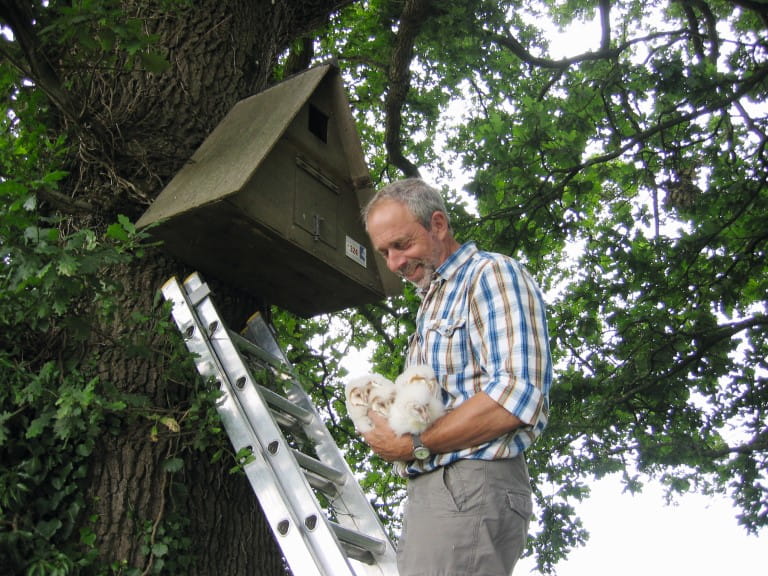
As a budding racing cyclist he used to watch them drifting along the hedgerows during his training rides through the Hertfordshire countryside.
In 1981, puzzled by the bird’s apparent vanishing act, he volunteered to undertake Britain’s first nationwide barn owl survey since the 1920s, alongside his job as a biochemist.
Working in his spare time, Colin spent three years compiling data. The results were published in a landmark 1987 book (The Barn Owl in the British Isles: Its Past, Present and Future) that not only confirmed the catastrophic decline but also revealed its causes.
The problem, it transpired, was the modernisation of agriculture. The loss of old farm buildings, replaced by modern, owl-unfriendly structures, had deprived the birds of traditional nest sites – as had the removal, for safety reasons, of old, hollow trees.
Some 75% of UK breeding pairs adopt these prefabricated homes and they move in with barely a backward glance
Additionally, the loss of rough pasture, hedgerows and field margins, and the blitzing of farmland with rodent-killing chemicals, had robbed the birds of both their hunting grounds and their prey.
The challenge now was to reverse the decline. Shawyer gave up his day job and in 1988 founded the Barn Owl Conservation Network (BOCN). This nationwide project established teams of specialists in every county who could work with farmers, landowners and conservation authorities to bring barn owls back – both by restoring habitat and by providing new nest sites.
With habitat, farmers just needed to tolerate a little untidiness. "In the eighties, everything had to look pristine, but barn owls need rough, tussocky grassland," explains Shawyer.
Working with the Environment Agency and local drainage boards, he also oversaw a change in the management of riverbanks, relaxing the heavy mowing regimes to create rich habitat corridors.
Tighter controls on chemicals played their part, too.
"Prey numbers were soon going through the roof," he says, "and the barn owls started moving straight back in."
For nest sites, there was no resurrecting the old timber barns and hollow trees of yesteryear. Instead, the BOCN team put up nest boxes. Two types were developed: a simple square box with a high entrance hole that could be fixed inside a building; and a large triangular ‘A-frame’ box that could be mounted on the wall outside or on a tree trunk or pole.
In some open areas, notably in Lincolnshire, pole boxes were rolled out on a grand scale, with lines of up to 20 erected, one per kilometre.
The nest box work continues. Today, some 75% of UK breeding pairs adopt these prefabricated homes and they move in with barely a backward glance. The result is a threefold population increase nationwide.
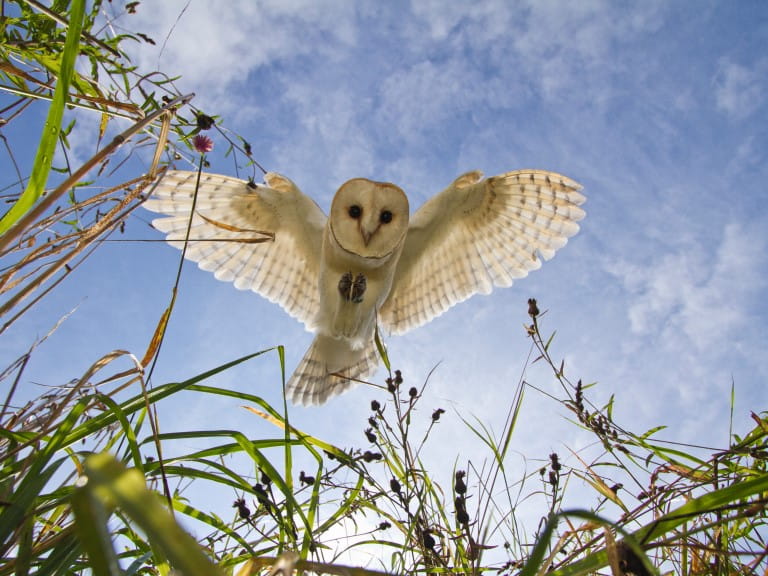
In the Shawyers’ home county of Hertfordshire alone, they have risen from nine pairs to 200, while Yorkshire has ‘unbelievable numbers’.
In 2015, the conservation status of barn owls was downgraded from amber to green. The bird has, in Shawyer’s words, ‘turned a corner’.
Of course, other threats remain. Road traffic takes a heavy toll, but Shawyer’s research leaves him unconvinced that this – while depressing – is a significant conservation issue.
He also notes that attacks on barn owls by buzzards, while rare, appear to be on the up as populations of both species rise. "As an ecologist you’re trying to increase the population,"he explains, "and as it increases, you’re going to get more and more mortality."
Central to the barn owl’s success story has been its popularity. Farmers actively want barn owls on their land. Shawyer has never had a nest box installation project refused, and the BOCN often has to turn down requests.
There’s a mystique about barn owls
Terry Hallahan, of the Sussex Barn Owl Group, says, ‘We don’t put up boxes for the sake of it.’
When approached, he and his team survey the site and if the habitat isn’t suitable for barn owls, they might install a box for a tawny owl or little owl instead: "In that respect, we can let people down quite nicely."
The popularity of the barn owl has deep roots. As the scourge of rodents, it has long been the farmer’s friend. Shawyer explains how back in the 1700s, farmers built special owl holes to allow the birds on to threshing room floors.
The bird also has a unique charisma. Its pure-white underparts and expressive face, combined with its eerie calls, silent flight and ability to operate in darkness, suggest something magical. Indeed, barn owls have inspired many folk tales and ghost stories.
"There’s a mystique about them," says Hallahan. "It’s a sexy species."

To a scientist, the barn owl’s ‘charisma’ simply comprises the specialist adaptations of a nocturnal rodent hunter. As well as the acute eyesight you’d expect, it also has amazing hearing: that distinctive facial disc acts like a satellite dish, amplifying the faintest rustle in the grass so the owl can catch a vole in pitch darkness by sound alone.
Its flight feathers have softened edges that reduce air resistance, allowing it to fly in silence. And those long, white-stockinged legs have evolved to reach down and snatch prey from deep in a tussock.
Quite apart from these cultural values, there are sound ecological reasons for protecting barn owls. "As apex predators, they’re at the top of farmland food chains, so they reveal the health of a farm," explains Shawyer. "Nowadays, many environmental stewardship schemes encourage nest boxes and field margins for that reason."
Barn owls, in other words, mean biodiversity.
The work doesn’t stop. "I don’t think we can rest on our laurels," says Shawyer.
He outlines the challenges that barn owls still face. One is maintaining nest boxes. "If the boxes all fell down tomorrow, we’d be back to 4,000 pairs."
Another is maintaining good relations with farmers. "They don’t want to think you’re going to restrict their farming activities," he points out.
Research continues. We don’t yet fully understand the effects of climate change: how heavier rainfall may be affecting barn owls’ hunting patterns or how milder winters could be triggering earlier breeding.
As apex predators, barn owls are at the top of farmland food chains, so they reveal the health of a farm
This year, the Sussex Barn Owl group is colour-ringing chicks to learn more about the dispersal of the young. We can all support barn owls, perhaps by helping to put up nest boxes.
The Barn Owl Trust has details of groups and projects. Meanwhile, to see this bewitching bird for yourself, head out at dawn or dusk anywhere with rough pasture or suitable habitat and watch for that ghostly shape floating over the fields.
Barn owls fly regular circuits along ditches and hedgerows. In summer, with chicks to feed, they may hunt in daylight, and a clear early morning after rough weather can be productive. Stay still and they may come close. Come autumn, this year’s broods will be dispersing in search of new territories.
Today, at last, Shawyer has barn owls back around his Hertfordshire home – three to four pairs breeding every year.
"From my bedroom window, I can see the trees I put the boxes in," he says. "I’d like to think barn owls will be there for our children – and for their children."
Few can have done more to make that possible.
This article appeared in the August 2024 edition of Saga Magazine.

For a limited time, enjoy 3 issues of Saga Magazine for just £1. Receive the next 3 print editions delivered direct to your door, plus 3 months’ unlimited access to the Saga Magazine app—perfect for reading on the go.
Don’t miss your chance to experience award-winning content at an exceptional price.
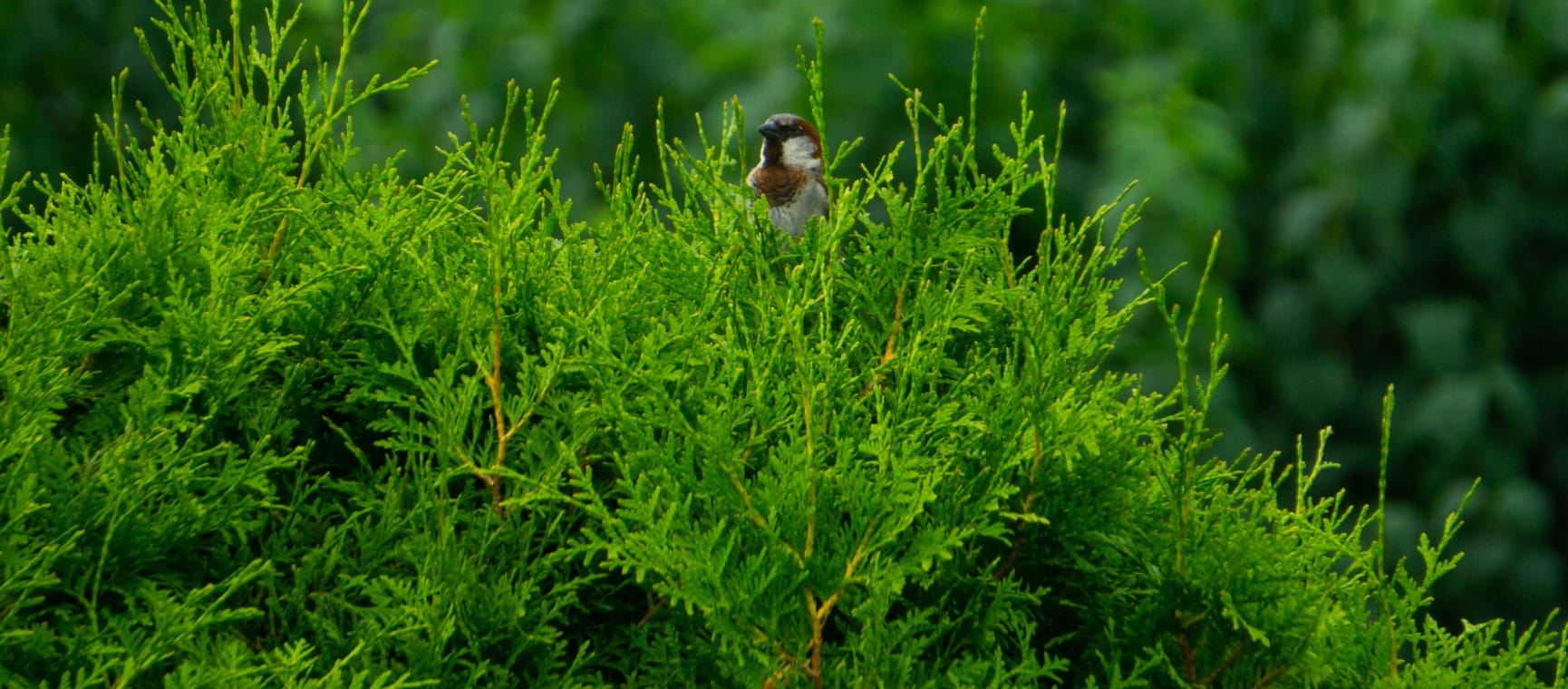
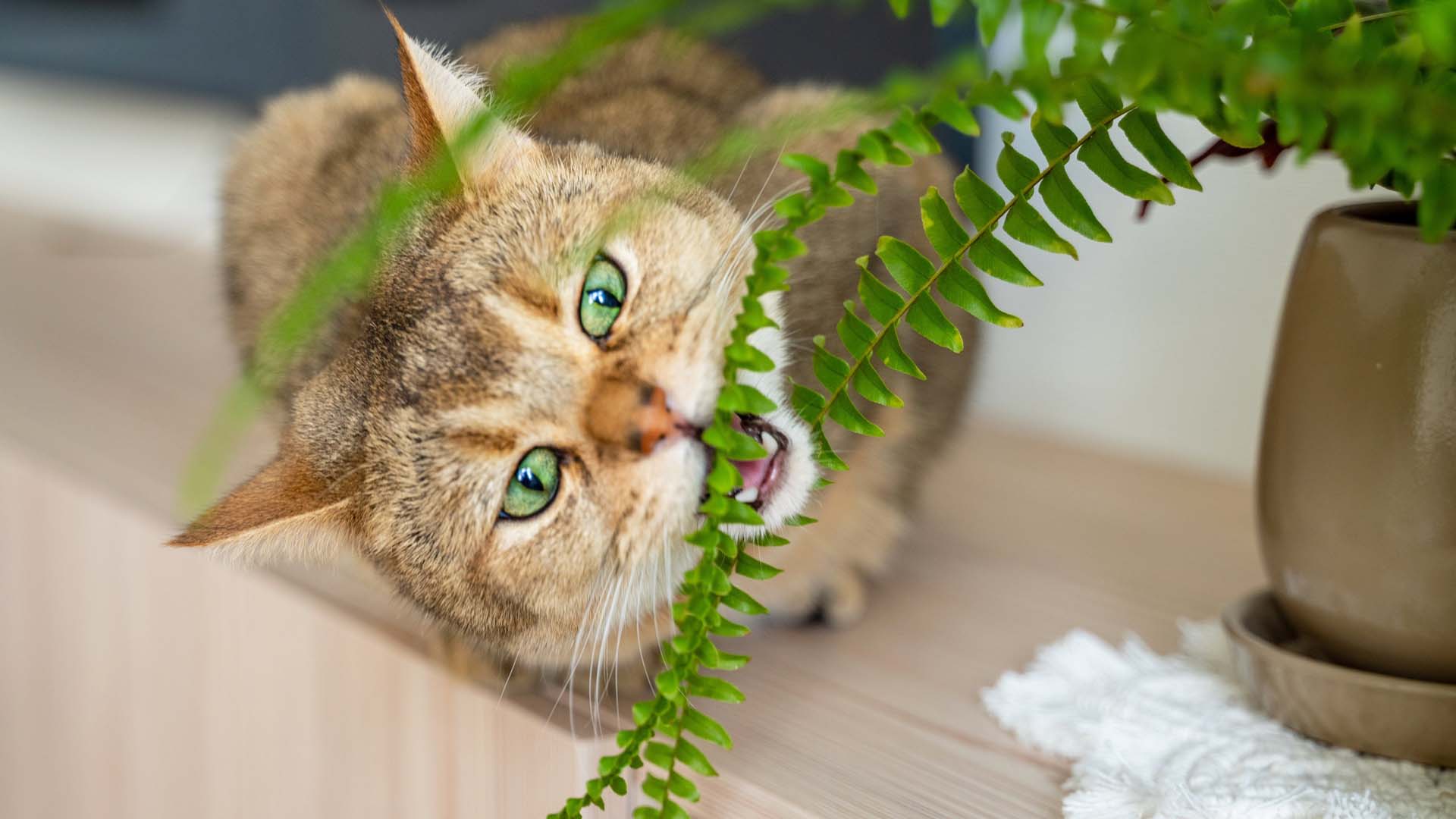
Pots at the ready – these safe houseplants for pets will help your house become tropical, not toxic.
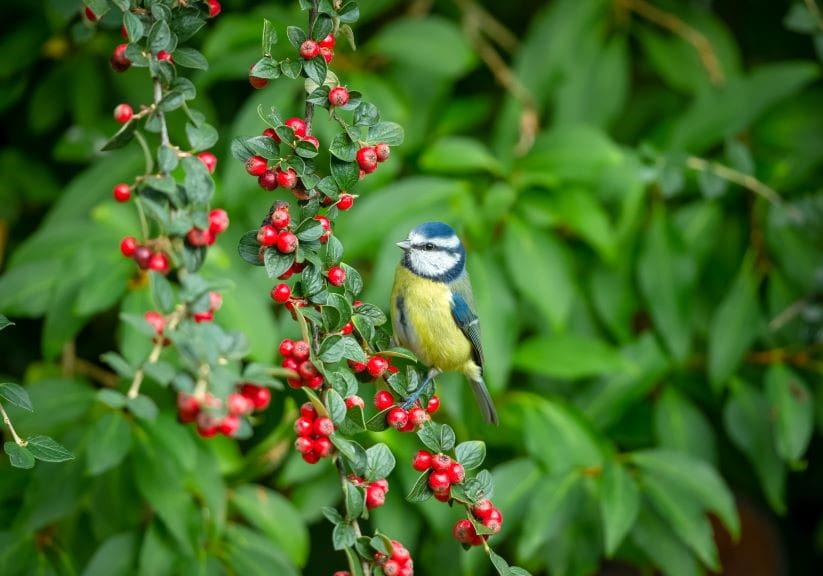
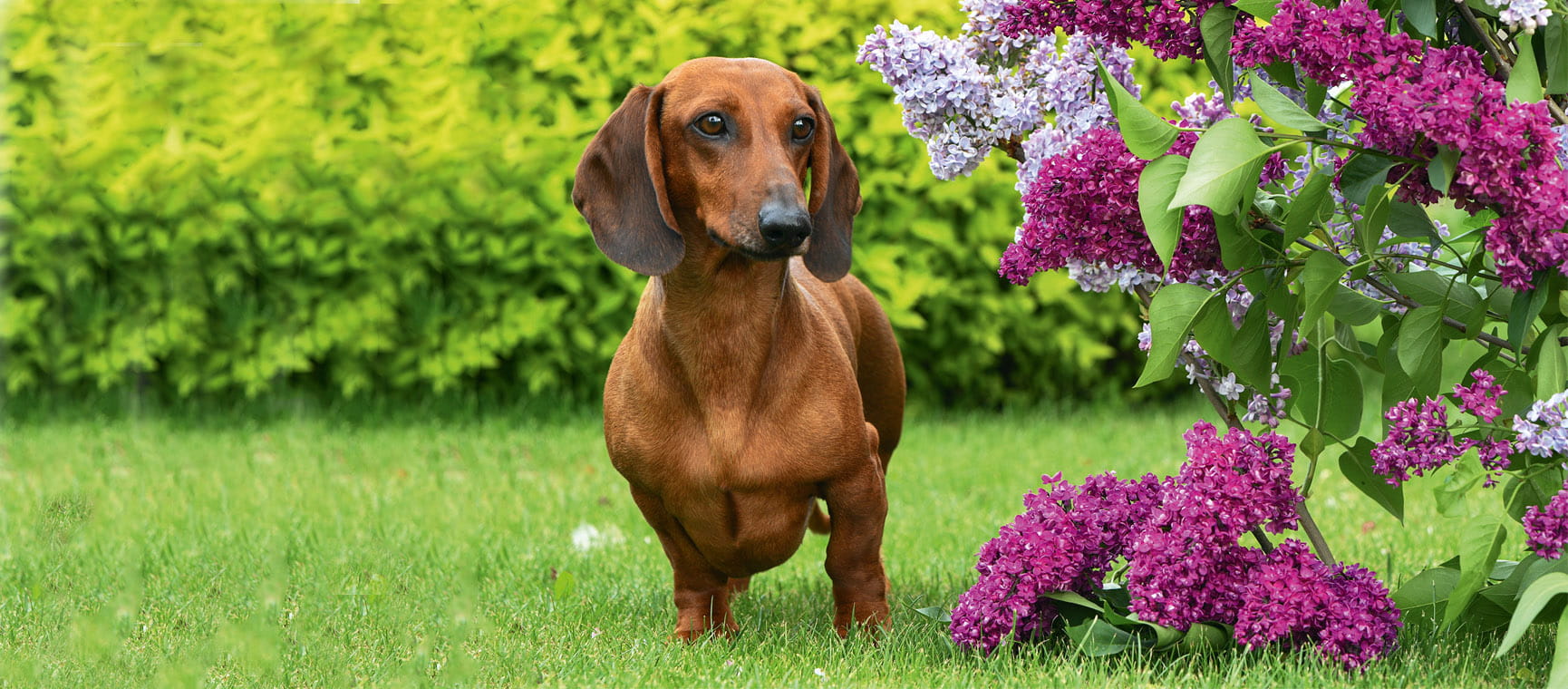
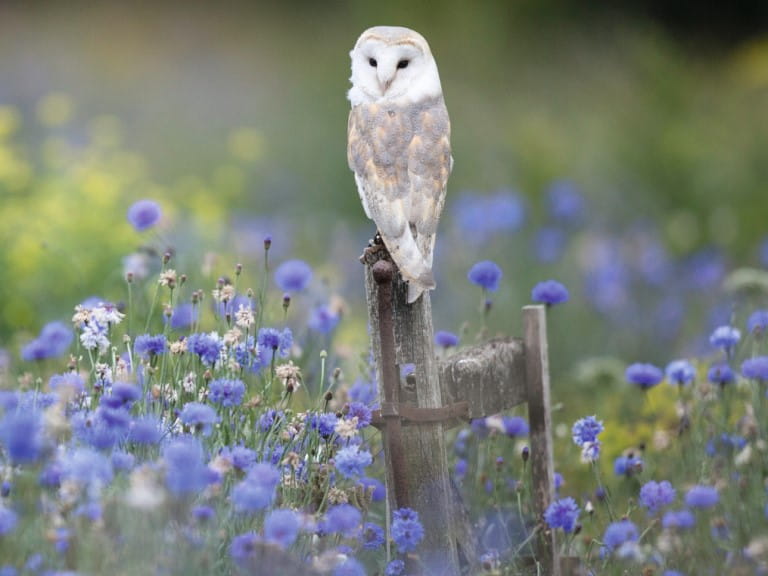
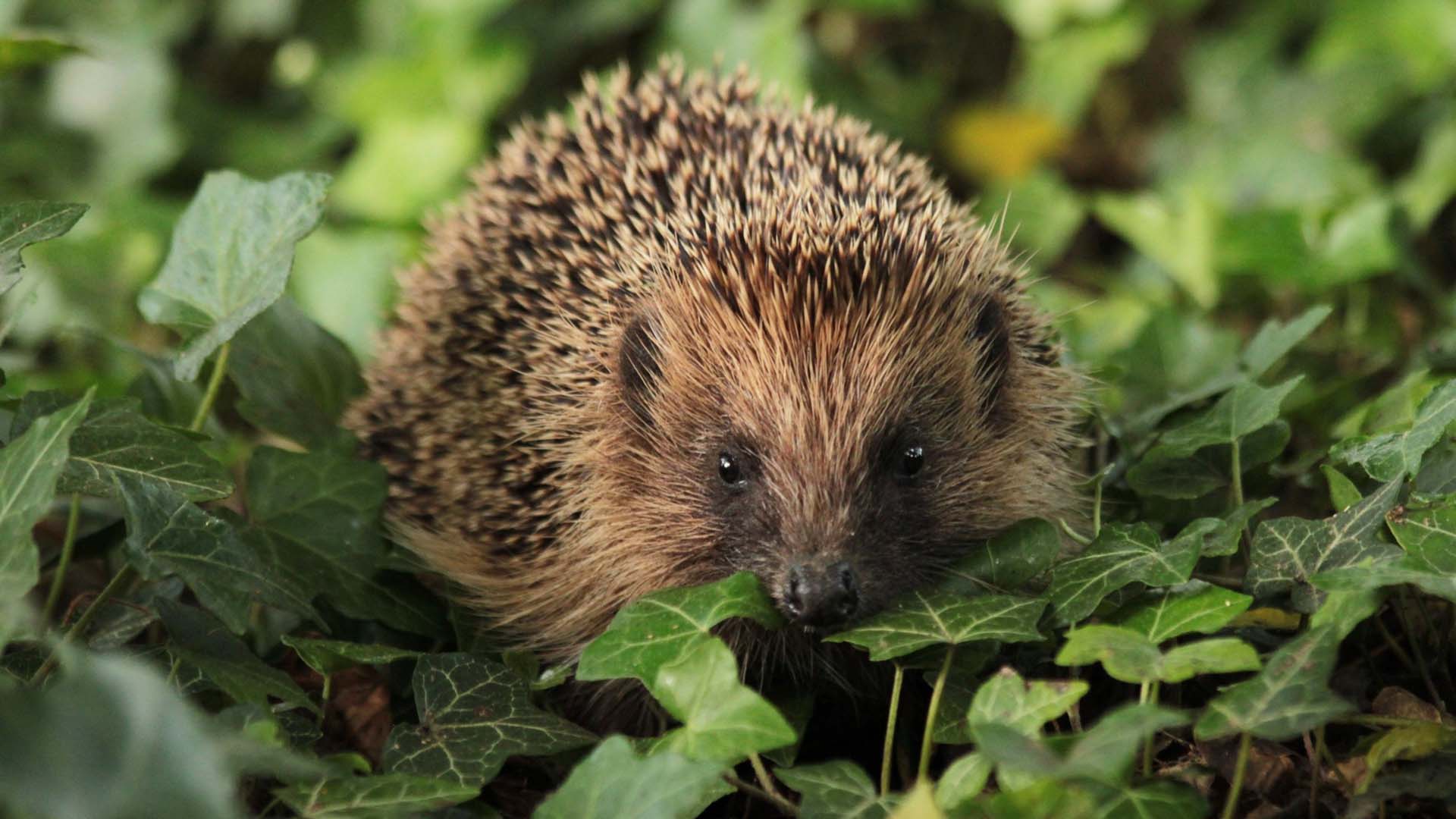
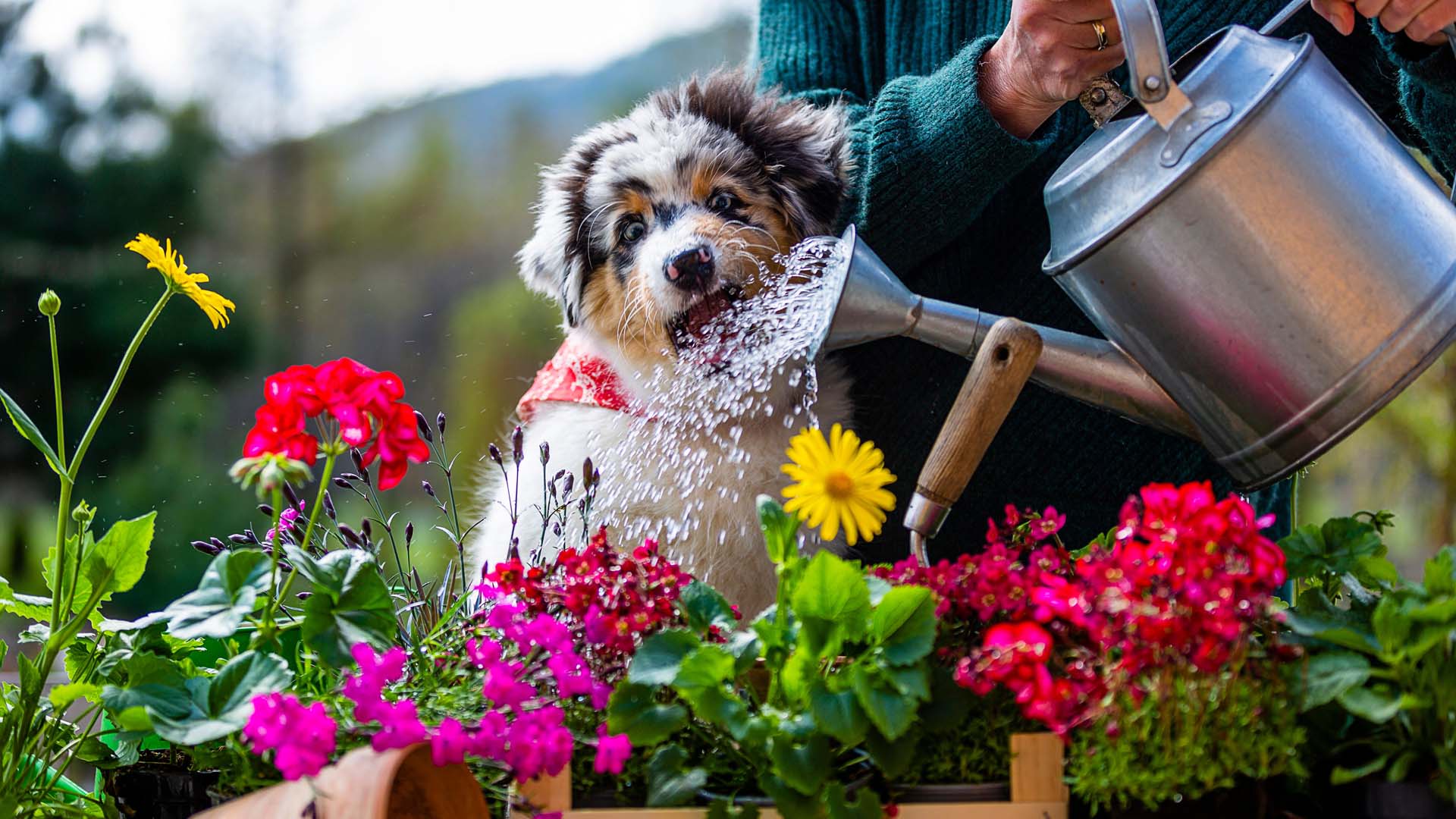
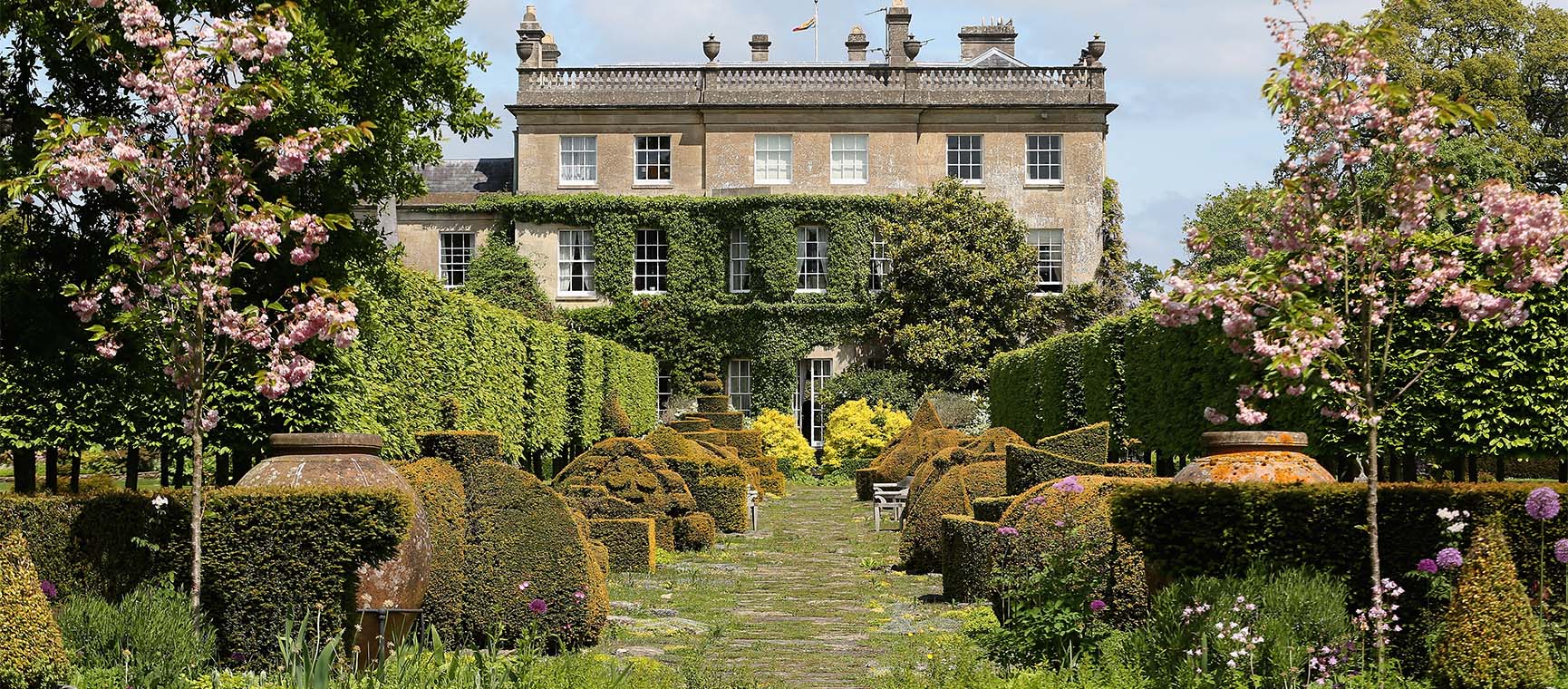
A former Highgrove gardener shares his advice. If they’re good enough for the royals, they’re good enough for us.
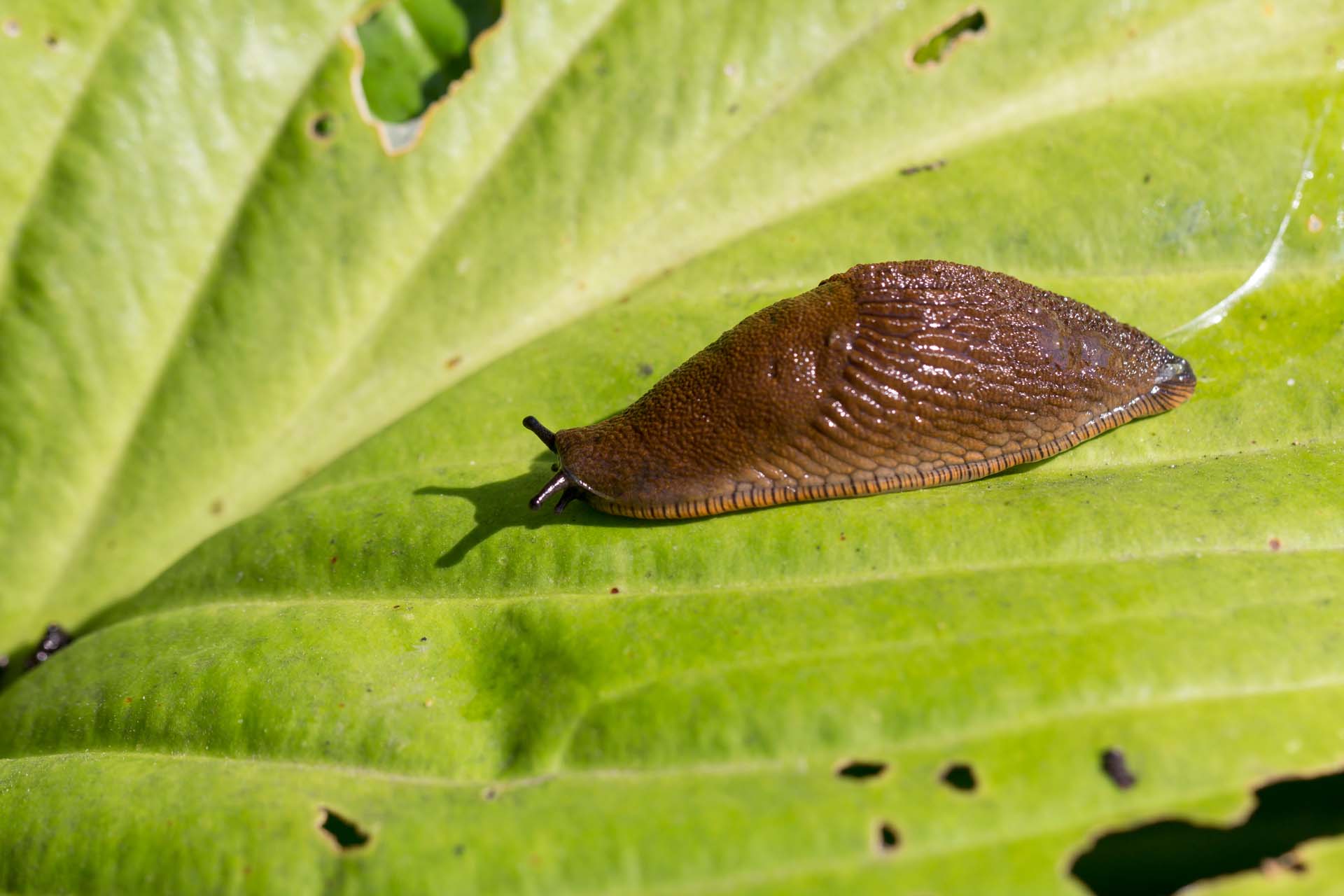

We aren’t the only ones to welcome warmer weather, wasps do too and they could be sharing your home. Find out how to identify a wasp nest and what to do about it
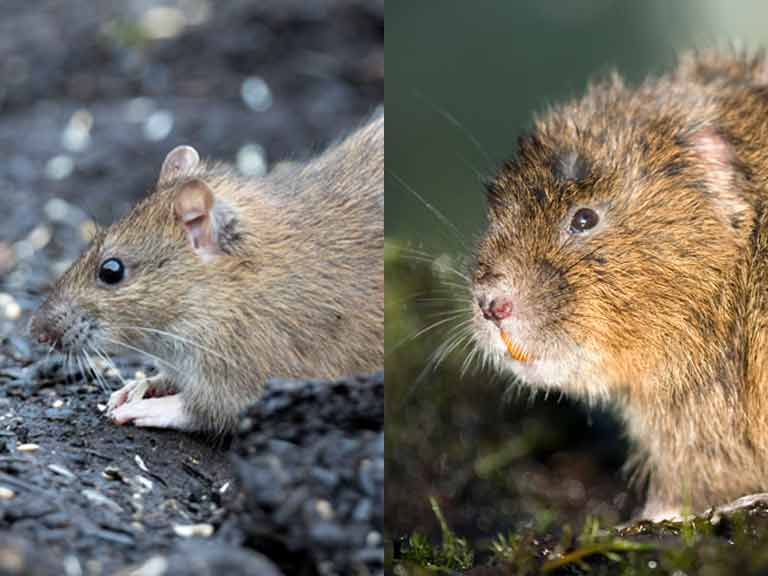
If you've seen a large brown rodent in your garden or swimming in your pond you might be wondering what it is. Wildlife expert David Chapman explains how to tell a water vole from a rat

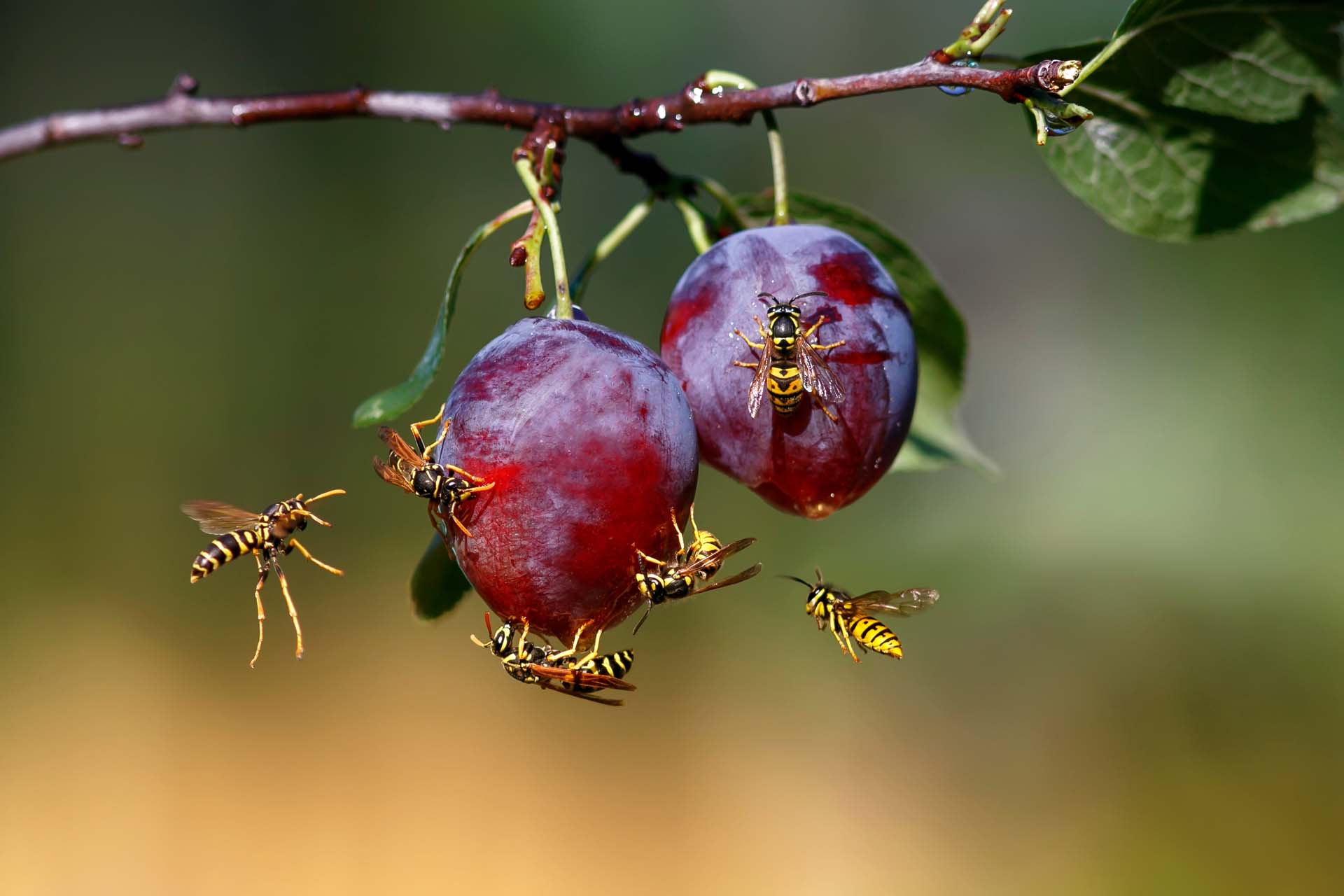
Blighted by buzzing? How to keep wasps out of your garden without harming them so you can enjoy the summer.
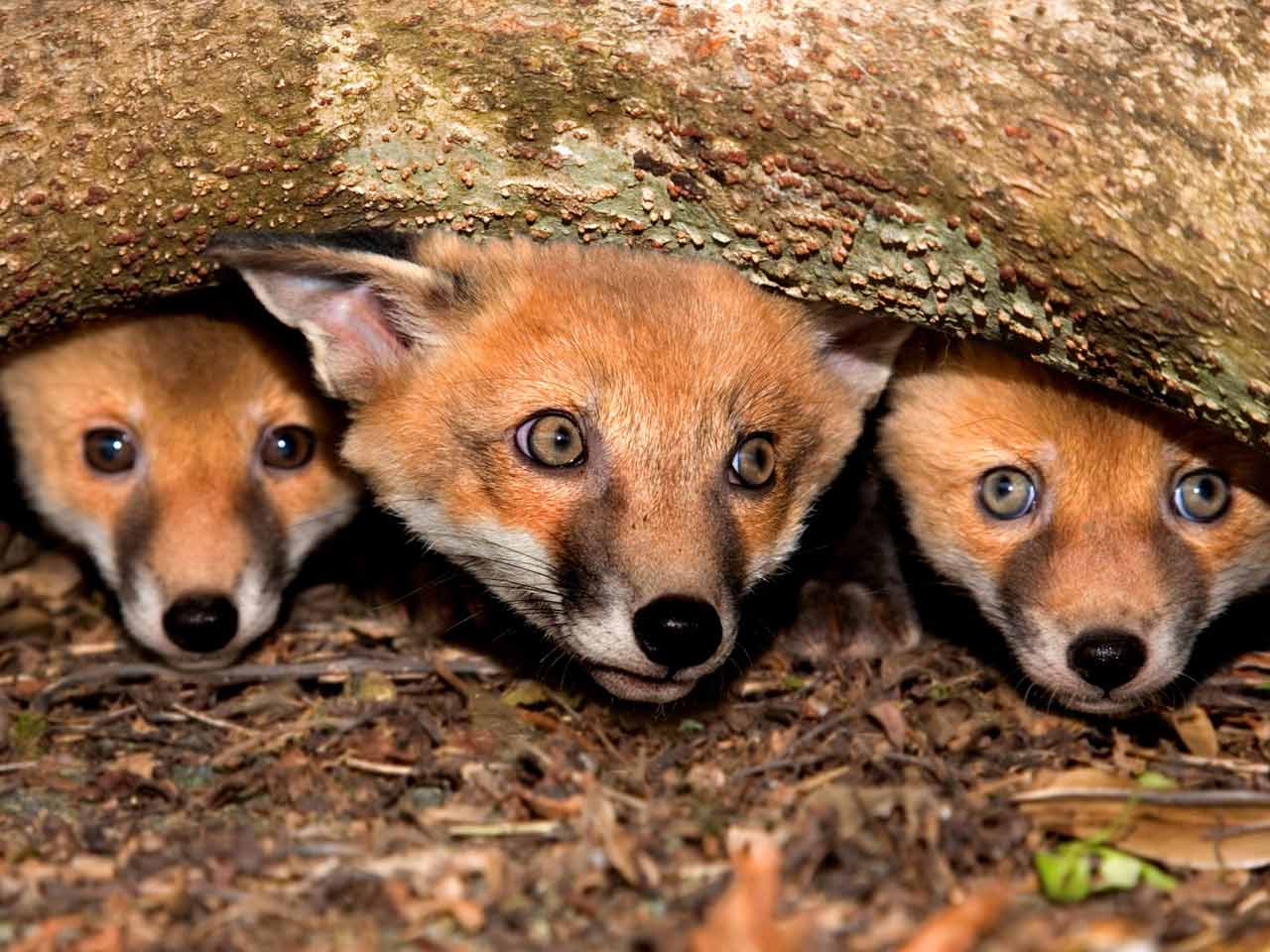
Many of us are living with foxes in our gardens - wildlife expert David Chapman explains what to feed them, how to spot illness and whether you can keep them away.
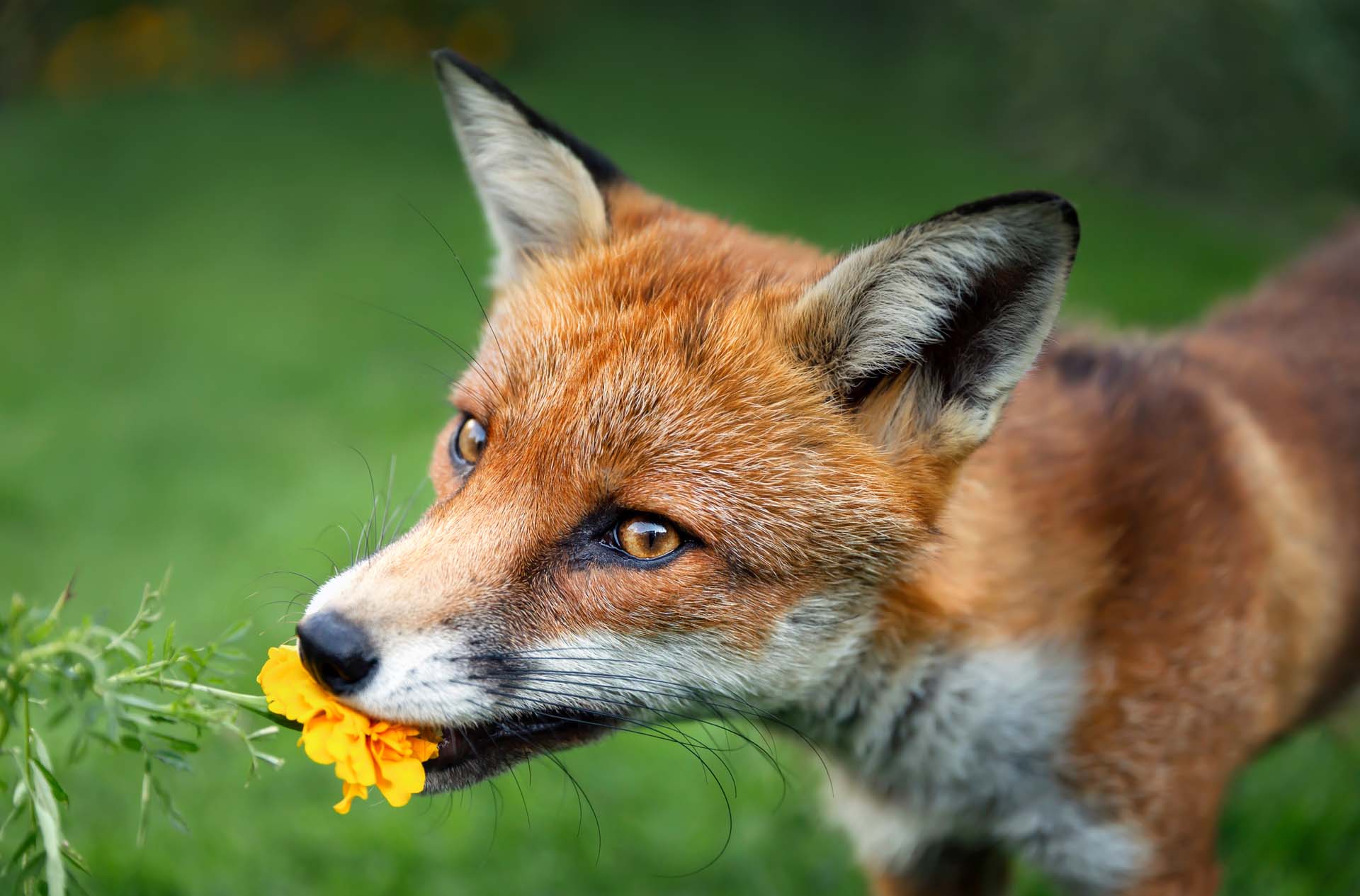
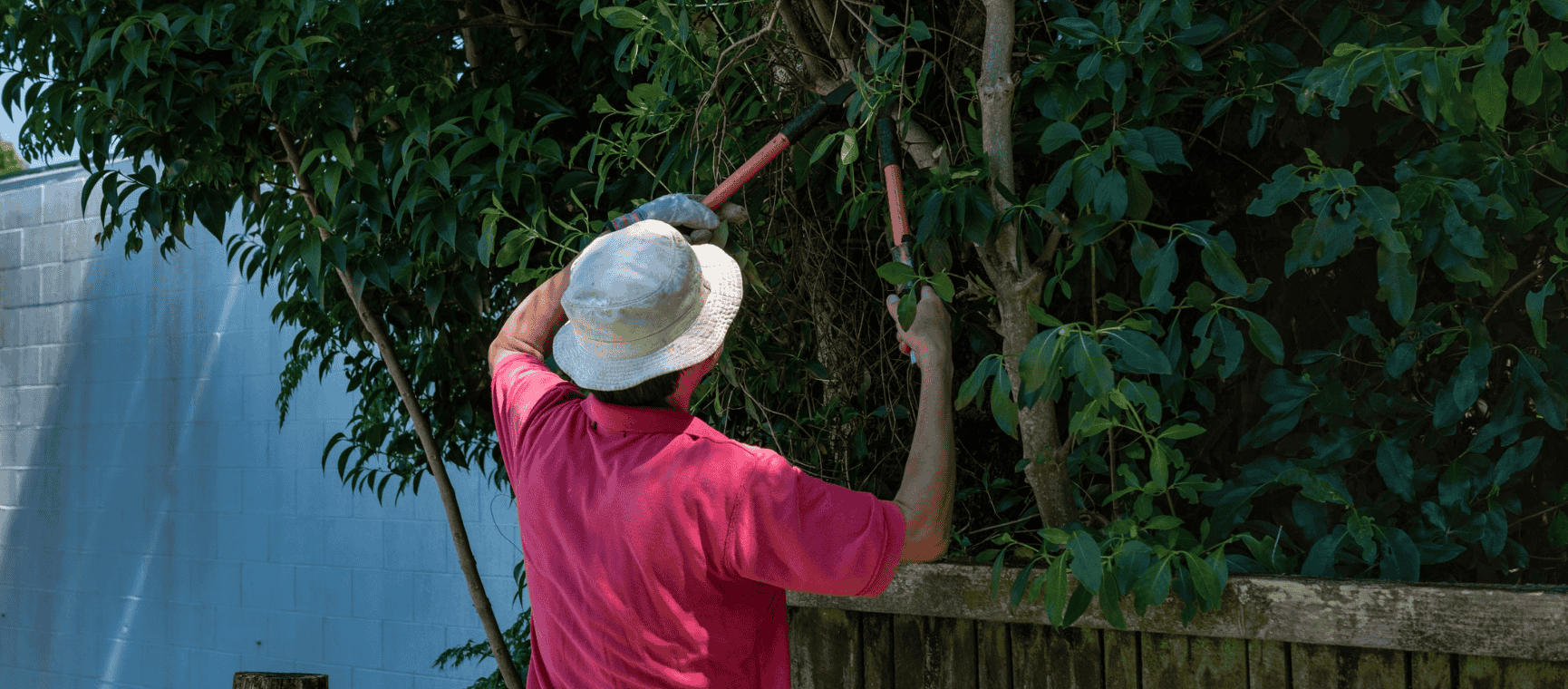
The ways you could be breaking the law in your back garden - with expert advice on how to avoid neighbour disputes, a fine or even a prosecution.